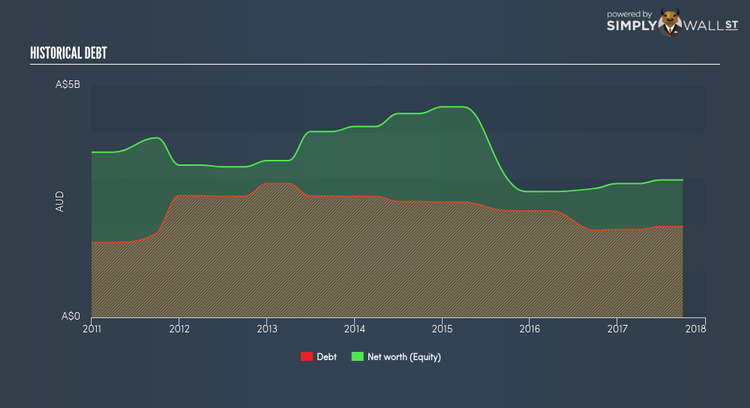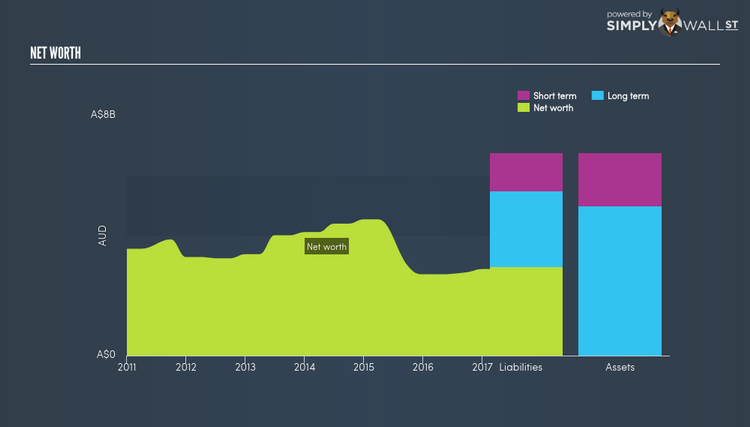Is Orica Limited’s (ASX:ORI) Balance Sheet Strong Enough To Weather A Storm?

Small-caps and large-caps are wildly popular among investors; however, mid-cap stocks, such as Orica Limited (ASX:ORI) with a market-capitalization of A$6.89B, rarely draw their attention and few analysts cover them. Surprisingly though, when accounted for risk, mid-caps have delivered better returns compared to the two other categories of stocks. Mid-caps are found to be more volatile than the large-caps but safer than small-caps, largely due to their weaker balance sheet. I will take you through a few basic checks to assess the financial health of companies with no debt. Check out our latest analysis for Orica
Can ORI service its debt comfortably?
Debt-to-equity ratio tells us how much of the asset debtors could claim if the company went out of business. In the case of ORI, the debt-to-equity ratio is 66.06%, which means, while the company’s debt could pose a problem for its earnings stability, it is not at an alarmingly high level yet. No matter how high the company’s debt, if it can easily cover the interest payments, it’s considered to be efficient with its use of excess leverage. A company generating earnings (EBIT) at least three times its interest payments is considered financially sound. ORI’s profits amply covers interest at 8.18 times, which is seen as relatively safe. Debtors may be willing to loan the company more money, giving ORI ample headroom to grow its debt facilities.
Does ORI’s liquid assets cover its short-term commitments?
A different measure of financial health is measured by its short-term obligations, which is known as liquidity. These include payments to suppliers, employees and other stakeholders. If an adverse event occurs, the company may be forced to pay these immediate expenses with its liquid assets. We need to assess ORI’s cash and other liquid assets against its upcoming expenses. Our analysis shows that ORI does have enough liquid assets on hand to meet its upcoming liabilities, which lowers our concerns should adverse events arise.
Next Steps:
Are you a shareholder? ORI’s cash flow coverage indicates it could improve its operating efficiency in order to meet demand for debt repayments should unforeseen events arise. Since ORI’s financial position could change, I encourage assessing market expectations for ORI’s future growth on our free analysis platform.
Are you a potential investor? Although understanding the serviceability of debt is important when evaluating which companies are viable investments, it shouldn’t be the deciding factor. After all, debt financing is an important source of funding for companies seeking to grow through new projects and investments. ORI’s Return on Capital Employed (ROCE) in order to see management’s track record at deploying funds in high-returning projects.
To help readers see pass the short term volatility of the financial market, we aim to bring you a long-term focused research analysis purely driven by fundamental data. Note that our analysis does not factor in the latest price sensitive company announcements.
The author is an independent contributor and at the time of publication had no position in the stocks mentioned.


